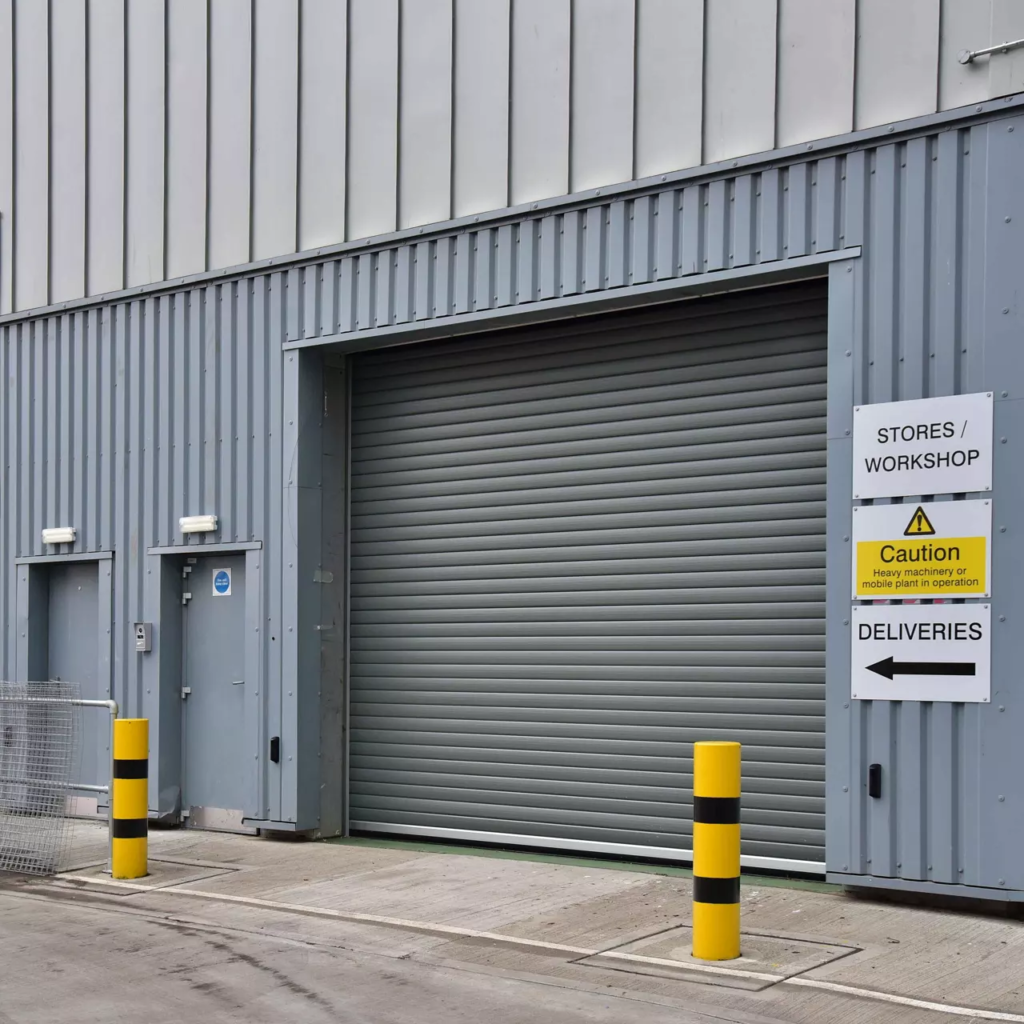
When it comes to property security, weather protection, and even enhancing visual appeal, roller shutter doors stand tall as one of the most effective solutions. From warehouses to shop fronts, homes to garages, they’re becoming a staple for businesses and homeowners alike. But what makes them so popular, and how can you choose the right one?
This comprehensive article dives deep into the world of roller shutter doors, unraveling their types, benefits, features, and everything else you need to know to make a smart, secure investment.
Roller Shutter Doors
At their core, roller shutter doors are made of many horizontal slats hinged together. When opened, the door rolls up into a compact coil above the opening, saving space and offering full access. These doors come in manual and electric variants and are crafted from materials like steel, aluminum, and sometimes polycarbonate.
Simple in concept but sophisticated in functionality, roller shutters protect assets, regulate internal temperatures, and deter break-ins—without breaking your budget.
Types of Roller Shutter Doors
Not all shutters are created equal. Here’s a breakdown of the most common types:
- Manual Roller Shutters: Operated by hand or crank. Ideal for low-traffic areas or where electricity isn’t available.
- Electric Roller Shutters: Powered by a motor; convenient and effortless, often controlled by remotes or keypads.
- Insulated Roller Shutters: Feature foam-filled slats for temperature control and sound reduction.
- Fire-Rated Shutters: Specially designed to withstand and contain fire, ideal for industrial or commercial settings.
- Transparent or Polycarbonate Shutters: Great for retail stores that want visibility while maintaining protection.
Each type serves a different need, so the right choice depends on your specific requirements.
Benefits of Installing Roller Shutter Doors
Why are they in such high demand? Let’s break down the perks:
- Security: Their sturdy construction and tight seal act as a strong barrier against theft and vandalism.
- Privacy: Once closed, they block visibility completely, offering unmatched privacy.
- Weather Resistance: Keep out rain, wind, and even harsh sun with weather-sealed shutters.
- Energy Efficiency: Insulated variants keep interiors warmer in winter and cooler in summer, reducing energy bills.
- Noise Reduction: Useful for noisy neighborhoods or commercial zones.
- Space-Saving: Unlike traditional doors, they open vertically, requiring no swing space.
- Low Maintenance: With proper installation, they demand minimal upkeep.
- Automation Ready: Most modern shutters can be integrated with smart home or building systems.
Best Materials for Roller Shutter Doors
Material matters. Here’s what to consider:
| Material | Strength | Weight | Insulation | Cost | Rust Resistance |
|---|---|---|---|---|---|
| Steel | High | Heavy | Moderate | Low | Moderate |
| Aluminum | Moderate | Light | High | Medium | High |
| Polycarbonate | Low | Light | Low | High | Very High |
- Steel is your go-to for heavy-duty security.
- Aluminum offers a sleek look and is rust-proof.
- Polycarbonate works great for stylish shop fronts.
Common Uses of Roller Shutter Doors
Roller shutters aren’t just for warehouses. They’re versatile! Common applications include:
- Retail Stores: To protect merchandise and storefronts.
- Warehouses & Factories: For secure loading bays and storage areas.
- Garages: Easy access and enhanced security for vehicles.
- Schools and Hospitals: Secure zones after hours.
- Food Outlets and Kiosks: Rolling counters that open and close daily.
- Residential Windows and Doors: As storm protection or added privacy.
How to Choose the Right Roller Shutter Door
When choosing the right shutter, consider:
- Purpose: Security, aesthetics, insulation, or all three?
- Material: Steel for strength, aluminum for corrosion resistance.
- Operation: Manual for simplicity, electric for ease.
- Size: Measure your space precisely.
- Compliance: Does it meet fire and building regulations?
Always consult a trusted supplier or installer for custom recommendations.
Installation Tips for Roller Shutter Doors
Proper installation ensures longevity and functionality. Here’s what to keep in mind:
- Hire Professionals: DIY installation may lead to alignment and safety issues.
- Secure Fittings: Make sure brackets and guides are anchored to solid structures.
- Motor Placement: Choose discreet, moisture-resistant housing for electric units.
- Test Operation: Run several open-close cycles to ensure smooth function.
Pro tip: Always check warranty and after-sales support.
Maintaining Your Roller Shutter Doors
Keep them in peak condition with this simple maintenance checklist:
- Lubricate Moving Parts: Every few months to avoid grinding noises.
- Check Alignment: Misalignment leads to jams and wear.
- Clean Tracks: Remove debris that could block movement.
- Inspect for Rust: Especially for steel shutters in humid climates.
- Test Emergency Features: Fire-rated shutters should be tested regularly.
Annual servicing from a professional is highly recommended.
Automation and Smart Features
The future is digital—even for shutters!
- Remote Control Access: Open or close from a distance.
- Timer Settings: Program specific open/close times.
- Mobile App Integration: Control from anywhere in the world.
- Sensors: Auto-close when it rains or when nobody’s around.
Make life easier and more secure with tech-savvy shutters.
Conclusion
Roller shutter doors are more than just a barrier—they’re a powerful upgrade to your property’s safety, aesthetics, and functionality. Whether you’re a business owner guarding your inventory or a homeowner seeking peace of mind, there’s a roller shutter solution tailored for you.
